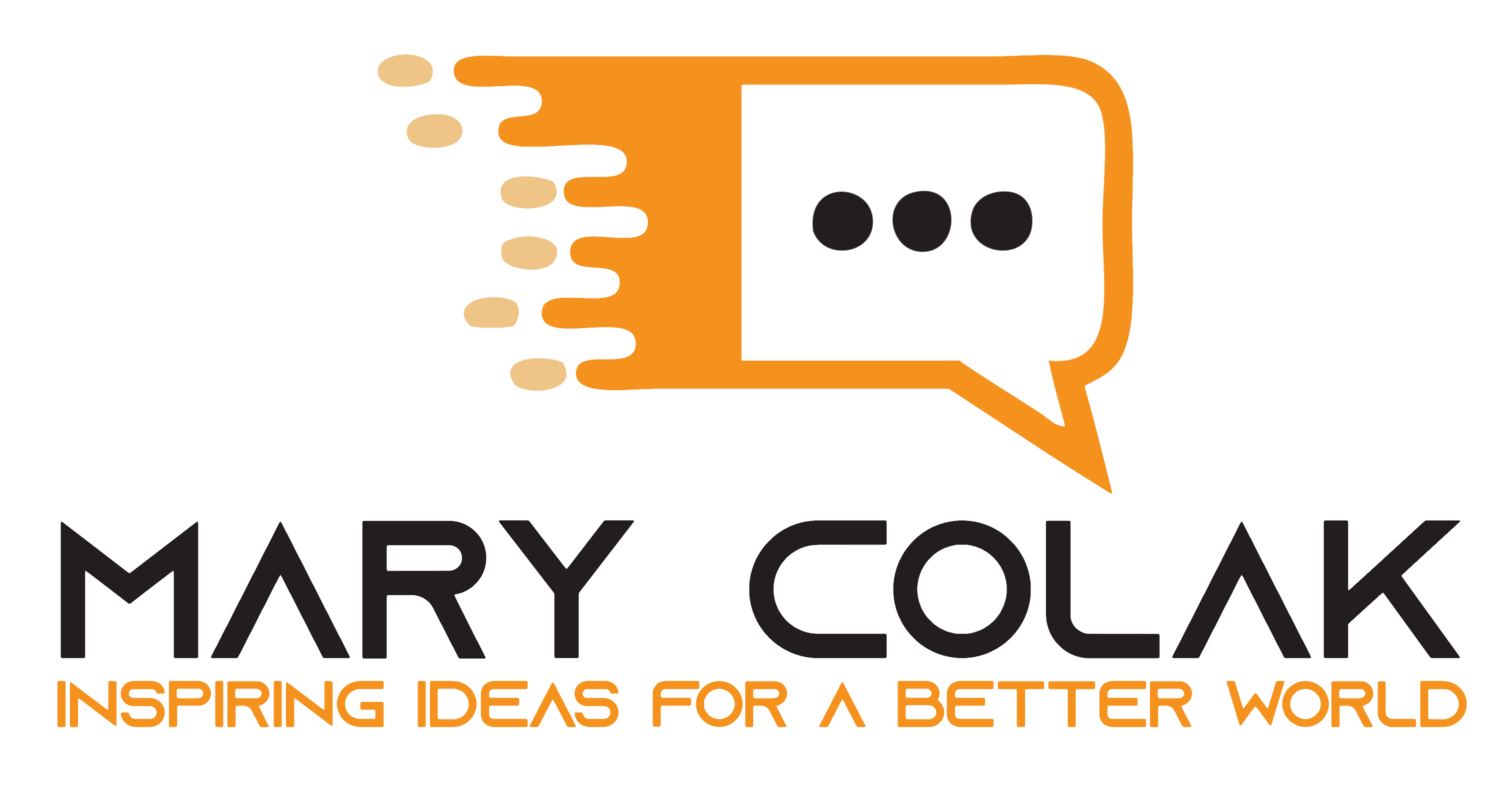Rooting out the problem, reclaiming value
Rooting out the Problem
When fixing problems, many people typically fix only the symptoms, rather than the actual problem. The outcome is that the problem reoccurs, each time usurping valuable organizational resources.
To fix the problem, you need to identify and eliminate the root cause.
Think about this: Do painkillers fix your broken leg? No, they don't. Painkillers decrease the pain of your broken leg, but only surgery will fix your broken leg. The pain is only a symptom of the problem (i.e., your broken leg).
When faced with a problem, get to its root by answering these three questions:
What happened?
Why did it happen?
How can we prevent it from happening again?
It's usually easy to answer the first question, but to explain the cause of the problem requires an investigation of all contributing factors. This includes methods, materials, machines, measurements, man (people), and Mother Nature (environment) (collectively referred to as the "6M's").
Methods include things such as organizational policies, standards and processes. For example, the problem might be caused by organizational policy stating that records must not be retained.
Materials include tangible things such as records, forms, or other materials. For example, the problem might be caused by out-of-date forms.
Machines include printers, computers, manufacturing equipment, and related. For example, the problem might be caused by printers being down for repairs, computer crashes, etc.
Measurements include something that can be measured. For example, the problem might be caused by inaccurate billings, numbers on invoices and purchase orders don't match, etc.
Man (or people) includes anything that can be attributed to the organization's HR. For example, the problem might be caused by people having too much work, too little work, there may be insufficient staffing, customers may be complaining about the service, etc.
Mother Nature (environment) includes external causes that are out of your control. For example, the problem might be caused by the snow storm preventing your order from arriving on time.
When you know all contributing factors, you are then in a position to trace the problem to its root cause (or causes) - the real reason the problem occurred in the first place.
By "rooting out" the problem, the organization is able to again return to an efficient state.
Reclaiming Value
Throwing valuable resources into fixing symptoms instead of problems degrades the value of the resources. It is far more cost-effective to tackle the root cause head-on.
Poorly designed systems and processes continue to be the biggest contributors to problems in organizations. Not only do these systems and processes consume the organization's time and money, they also create frustration for those involved.
Processes laden with bureaucracy are the worst offenders. They are a process pandemic - a triumph of means over ends. When an organization focuses more on the steps of the process rather than on the process objectives, an erosion of value ensues, resulting in decreased productivity.
How does one bring value back to a corroded process? By analyzing the process and implementing an appropriate solution.
Above all, it is important to understand the cause(s) of problems in the process and identify the changes needed for the various inputs and outputs.
Predicting the effects of your proposed solution is also important. Use tools such as the Failure Mode and Effects Analysis (FMEA). This tool helps you analyze risk and identifies points where a solution could fail. In fact, the more systems and processes that use FMEA at the start, the less likely that your organization will have problems.
Another strategy that helps sustain value in an organization is continuous improvement. Kaizen events, as part of Lean process improvements, help create better systems and processes overall. Kaizen events produce incremental change that contributes to overall improvements. In addition, since people are the main drivers of Kaizen events, culture change is both immediate and sustained.
And forget about process management! Focus on process leadership to reclaim value in your organization. In the words of Stephen Covey, "Management is efficiency in climbing the ladder of success; leadership determines whether the ladder is leaning against the right wall."
Is your ladder leaning against the right wall?


